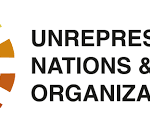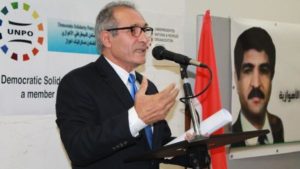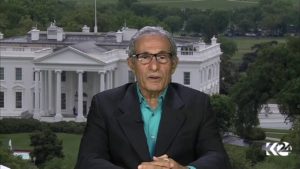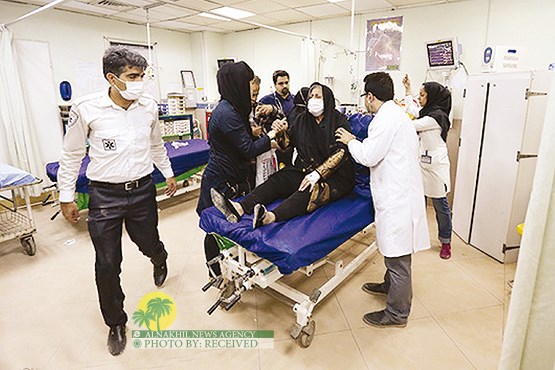
By Charley Keyes, CNN
May 17, 2010 11:16 a.m. EDTMay 17, 2010 11:16 a.m. EDT
Washington (CNN) — A “high priority” part of U.S. efforts to reach out to Iranians has been silenced because of a two-year delay in building an important radio transmitter, according to a new government report.
The State Department inspector general’s report says the delays hurt U.S. efforts to broadcast news and information into Iran in crucial periods during the 2009 Iranian election and the following civil unrest.
“U.S. interests require the immediate completion of a transmitter that can reach all of Iran,” the report says.
The 600,000-watt transmitter — designed to reach a high priority audience in Iran — was initially slated to be operational by May 2008. But a two-year delay of the $5.2 million project meant “the powerful transmitter was not available following the June 12, 2009, disputed election in Iran, and it remains unavailable,” the inspector general report notes.
“Existing medium-wave assets at the Kuwait transmitting station can reach only a narrow band of the western portion of Iran,” the inspector general’s report continues.
Iran’s government has increasingly limited internet and media access inside Iran.
The delay comes amid a chill between Iran and the United States. That includes a tense standoff over the Obama administration’s call for Tehran to halt its nuclear program. Iran has refused and insists its nuclear development is for only civilian uses.
The contractor, California-based Defense Contracting and Consulting, defaulted on paying local suppliers and employees and then left the job without completing it, according to the inspector general. The company’s California headquarters did not respond to repeated CNN requests for comment.
The Broadcasting Board of Governors, the U.S. government agency that oversees Voice of America, Radio Free Europe and other broadcasting services, says problems with the Kuwait transmitter have been overcome, and predicts it will be beaming radio programs to more Iranians in the coming months. The agency claims a worldwide audience of 175 million people a week in 60 countries, including Iran.
“The contracting challenges at the Kuwait Transmitting Station have been resolved. Acceptance testing and final commissioning of the transmitter is scheduled for May 2010,” Broadcasting Board of Governors spokeswoman Tish King told CNN in an email response to questions. “If the tests go as expected, the transmitter should be ready to go operational by the autumn of 2010.”
The Kuwait site has been operating since 1983 and there already are already eight U.S. transmitters there.
King says the new transmitter will supplement broadcasts already beamed into Iran, something the Broadcasting Board of Governors repeatedly has said it has done successfully.
But Helle Dale, senior fellow for public diplomacy at the Heritage Foundation, said the Kuwait transmitter delays are just a symptom of larger management problems.
“There is an overall problem with the United States’ international broadcasts and how they are being led,” Dale told CNN in a telephone interview. “Things are in slow motion perpetually and their review processes are very, very long. We need to take a very hard look at the way U.S. international broadcasting is organized and overseen.”
King said the United States has succeeded in reaching Iranians with news despite Iranian government efforts to censor and jam broadcasts.
“The signals from the newest transmitter at the Kuwait site are intended to provide an additional broadcast stream to add to the current mix of radio, TV and new media,” King said in her email. “Reaching audiences in Iran with reliable news and information is one of the Agency’s highest priorities.”
And King challenged suggestions that the new transmitter had left a gap in U.S. communications with Iran during its elections and subsequent civil unrest.
“Our broadcasts to Iran have remarkable success reaching 30 percent of the adult audience there, even in the face of censorship and signal interference,” King said.
Voice of America’s Persian News Network in June “covered every aspect of the election crisis in Iran, adding a one-hour morning show to its seven-hour daily TV schedule as well as a one-hour ’special report’ in the evening,” King said. “Iranian citizen journalists sent VOA 300 videos daily, along with thousands of still pictures, emails, and telephone calls.”
source: CNN
















+ There are no comments
Add yours